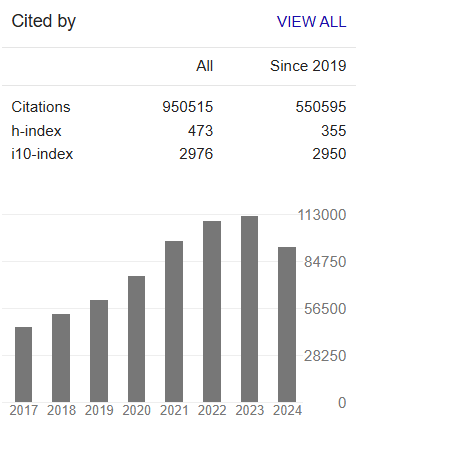Turnover Intention And Associated Factors Among Health Information Technology Professionals Working In Public Health Institution, South Gondar Zone, Northwest Ethiopia
Abstract
Libsuye Yalgaw Zimamu, Bisrat Dessie Getu, GashawMeketeAdal, Gashaw Mehiret Wubet
Background: Place of work turnover is critical to health information technology professionals (HIT) and health information systems as it indications dropping skilled and competent health information professionals. However, the progress of surviving plans requests a strong acceptance of the place of work variables that either inspire health information staff to persist active or principal them to dispensation their recent working organization.
Objective: This study was deliberate to measure intention to leave and associated factors among health information technology professionals working in south Gondar zone public health institution, Amhara Region, Ethiopia.
Methods: A cross-sectional study was carried out among 122 health information technology professionals. Data were collected using structured pre-tested self-administered questionnaires from September 1 to October 1/2020. The collected data were entered into Epi-info Version 7 and exported to SPSS version 20 software for analysis. Bivariate and multivariable logistic regression was employed to detect influences associated with dependent and independent variables. Odds ratio (OR), with 95% CI and p< 0.05 were computed to determine the level of significance.
Results: Based on the operational definition the total score of intent to leave health information technology professionals from the organization was 64.8% [95% CI: 56.6-72.9]. Among the applicant variables for multivariable analysis 3 variables like the marital status of the respondents [OR: 0.49(0.231-1.042)p:value 0.000], performance appraisal of the respondents [OR: 7.0(2.66-18.45) p:value 0.000] and recognition of the respondents [OR: .447(.783-3.513) p:value 0.002] had to have a significant association with intention to leave and performance appraisal of the respondents were significantly associated 8.29 times [AOR: 8.29(3.002-22.889)p:value 0.001] to leave of the respondents from the working organization.
Conclusion and recommendation: The magnitude of health information professionals’ intention to leave was found to be high, which can extremely affect the coverage and quality of information management and the use of information for decisions in the zone. Health care policy-makers and hospital managers need to develop and institutionalize evidence-based retention strategies taking into consideration the predictors of health information professionals’ intention to leave.



